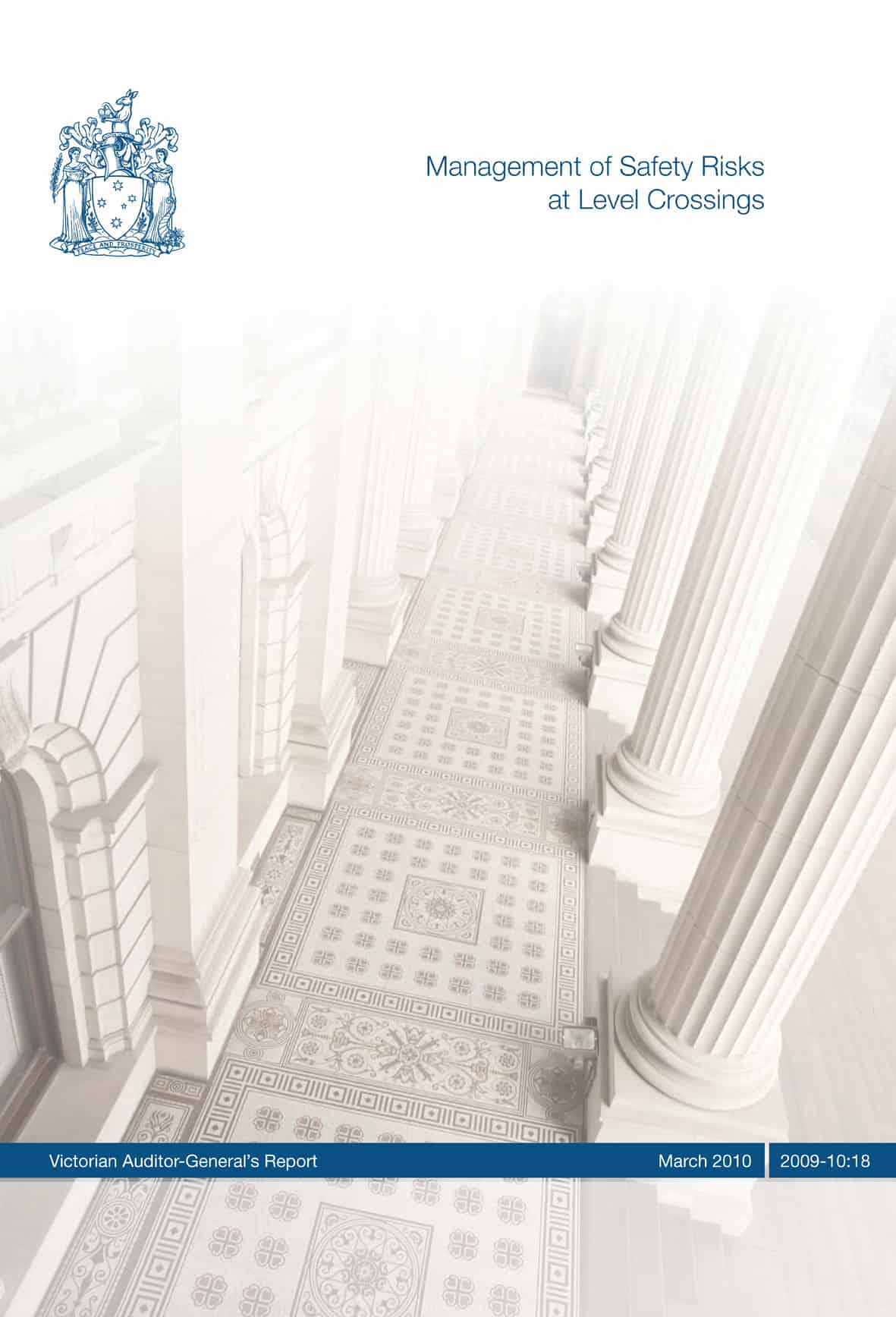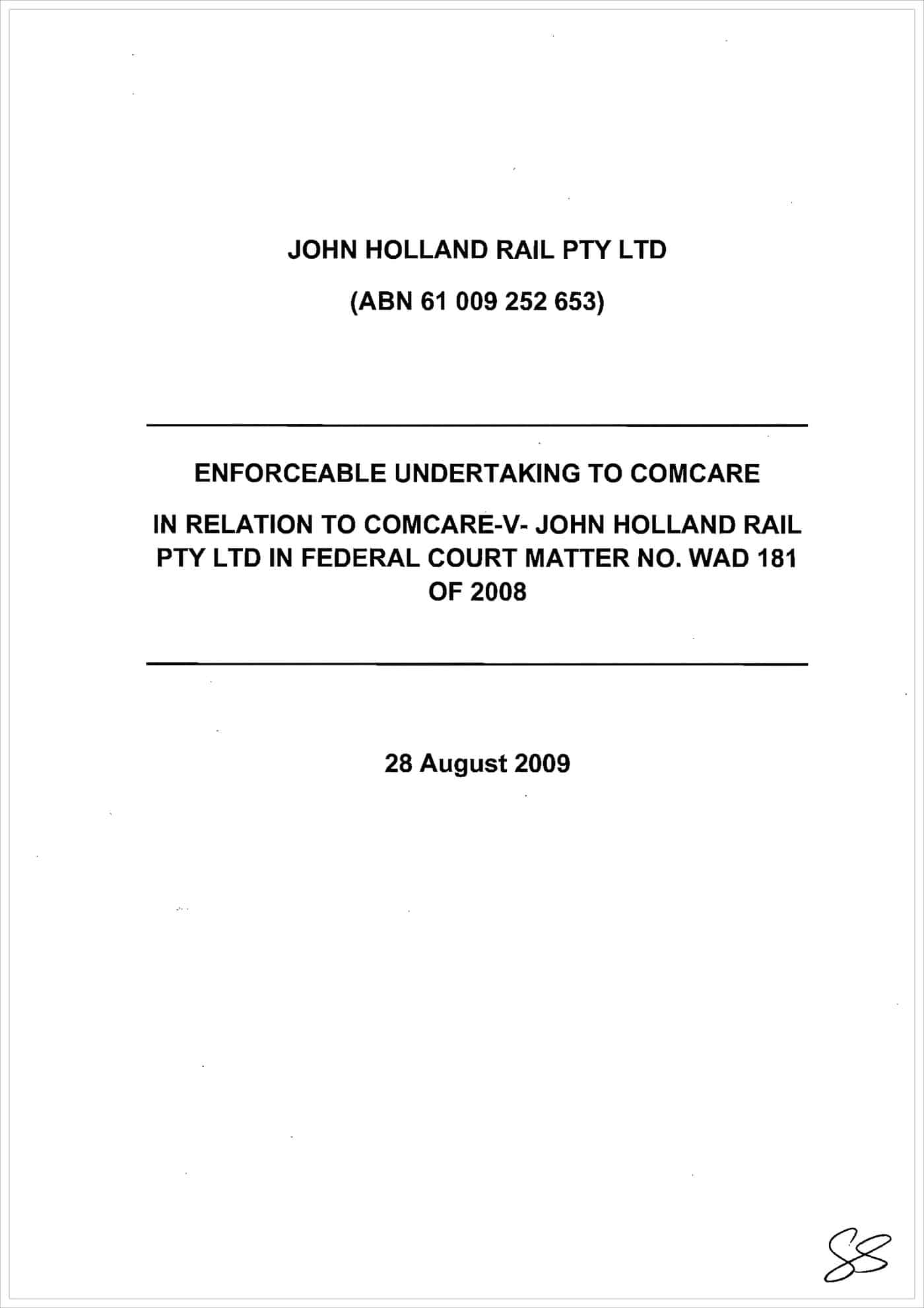Further to the SafetyAtWorkBlog article about the prosecution of Fortescue Metals Group, The Australian newspaper reports on 28 April 2010 that the trial will start tomorrow.
The article states that
“Lawyers for the Department of Commerce — prosecuting the case through WorkSafe — successfully argued the site was not a mine and was instead a camp for workers constructing a railway to transport iron ore.”
The company was arguing that the site was a mining support site and that its contractors were responsible.
Interestingly the Magistrate, Joe Randazzo, wants a definition of “safe refuge”. This may lead to a reconsideration of the use of dongas, or temporary accommodation units, in areas of extreme weather conditions. There is the potential for safety improvements from this case and not just a punishment.


